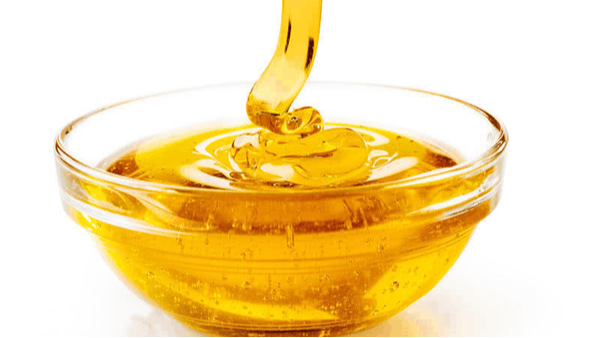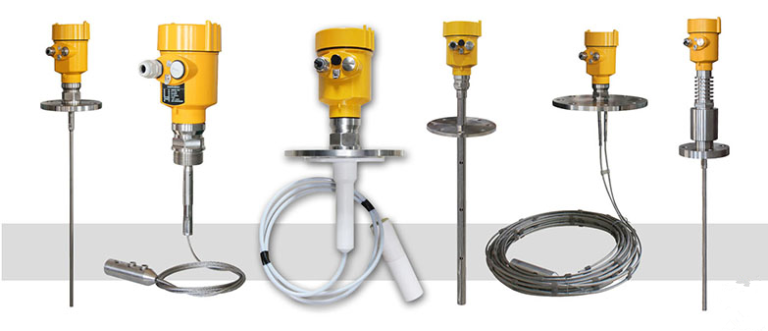In the food industry, high fructose corn syrup, as a sweetener, is widely used in beverages, baking, and candy manufacturing due to its cost-effectiveness and excellent sweetness properties.
However, due to its unique physical and chemical properties, special requirements are imposed on its storage and handling.
This article will explore the characteristics of high fructose corn syrup storage tanks and present practical examples of how to effectively measure them using guided wave radar level gauges.

High fructose corn syrup (HFCS) is a liquid with high viscosity and high sugar content. Special attention should be paid to the following points when storing it:
1. Temperature control: HFCS is prone to fermentation and deterioration at high temperatures, so the storage tank needs to have good Insulation or cooling system.
2. Difficulty in cleaning: Due to its stickiness, HFCS easily adheres to the tank wall, making regular cleaning necessary.
3. Corrosion problem: The acidic substances contained in the syrup may cause corrosion to the storage tank material.
4. Foam generation: During the stirring or flowing process, foam is easily generated, which affects the accuracy of the liquid level reading. The guided wave radar level gauge is a liquid level measurement device based on the principle of time domain reflectometry (TDR). It determines the liquid level by emitting microwave pulses and receiving the reflected signals.
This technology has the following advantages:
1. High precision: almost unaffected by changes in media such as temperature, pressure, and density.
2. Low maintenance: no moving parts, not easily affected by sticky substances.
3. Easy to install: can be installed directly on the tank through threads or flanges.
4. Strong anti-interference: not interfered by foam, steam or dust.

In a food processing company, in order to ensure accurate measurement and effective management of high fructose corn syrup, a guided wave radar level meter was used to monitor the liquid level of the storage tank in real time. The following are several key points in practical applications:
1. Installation location: Choose to install the guided wave radar level gauge in the center of the tank to reduce the impact of liquid fluctuations on measurement.
2. Parameter setting: Adjust the sensitivity and measurement range of the device according to the dielectric constant of the syrup.
3. Data recording: By connecting to the control system, liquid level data is recorded in real time to facilitate inventory management and demand forecasting.
4. Maintenance strategy: Regularly check whether the probe is covered with sticky substances and clean it.

From the above analysis, it can be seen that the guided wave radar level gauge has shown its unique advantages in liquid level measurement of high fructose corn syrup storage tanks.
It not only provides high-precision measurement results, but also maintains stable and reliable performance in complex industrial environments.
As the food industry’s demand for automation and precise control continues to grow, guided wave radar level gauges will undoubtedly play an increasingly important role in the storage and processing of special media such as high fructose corn syrup.
